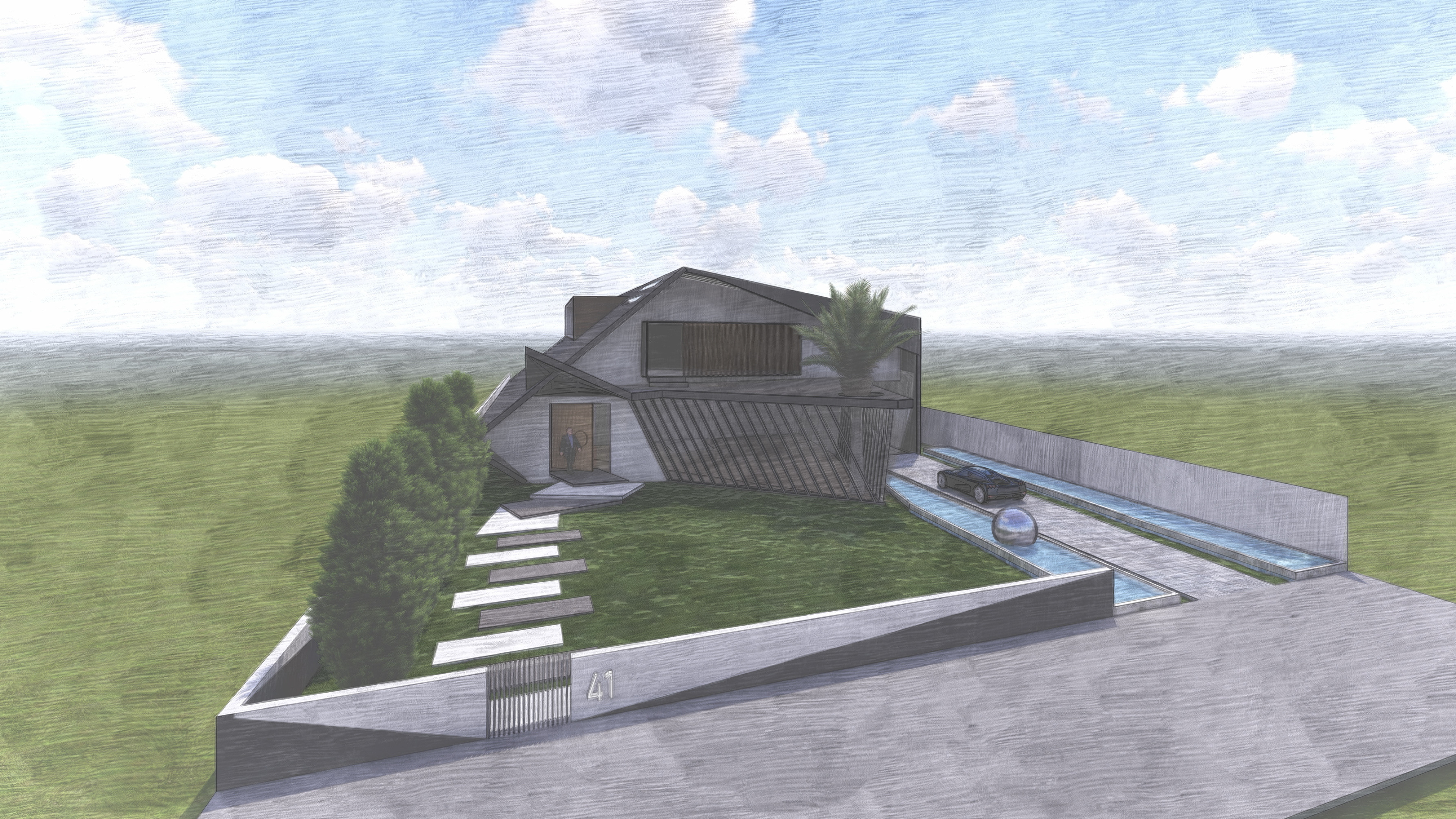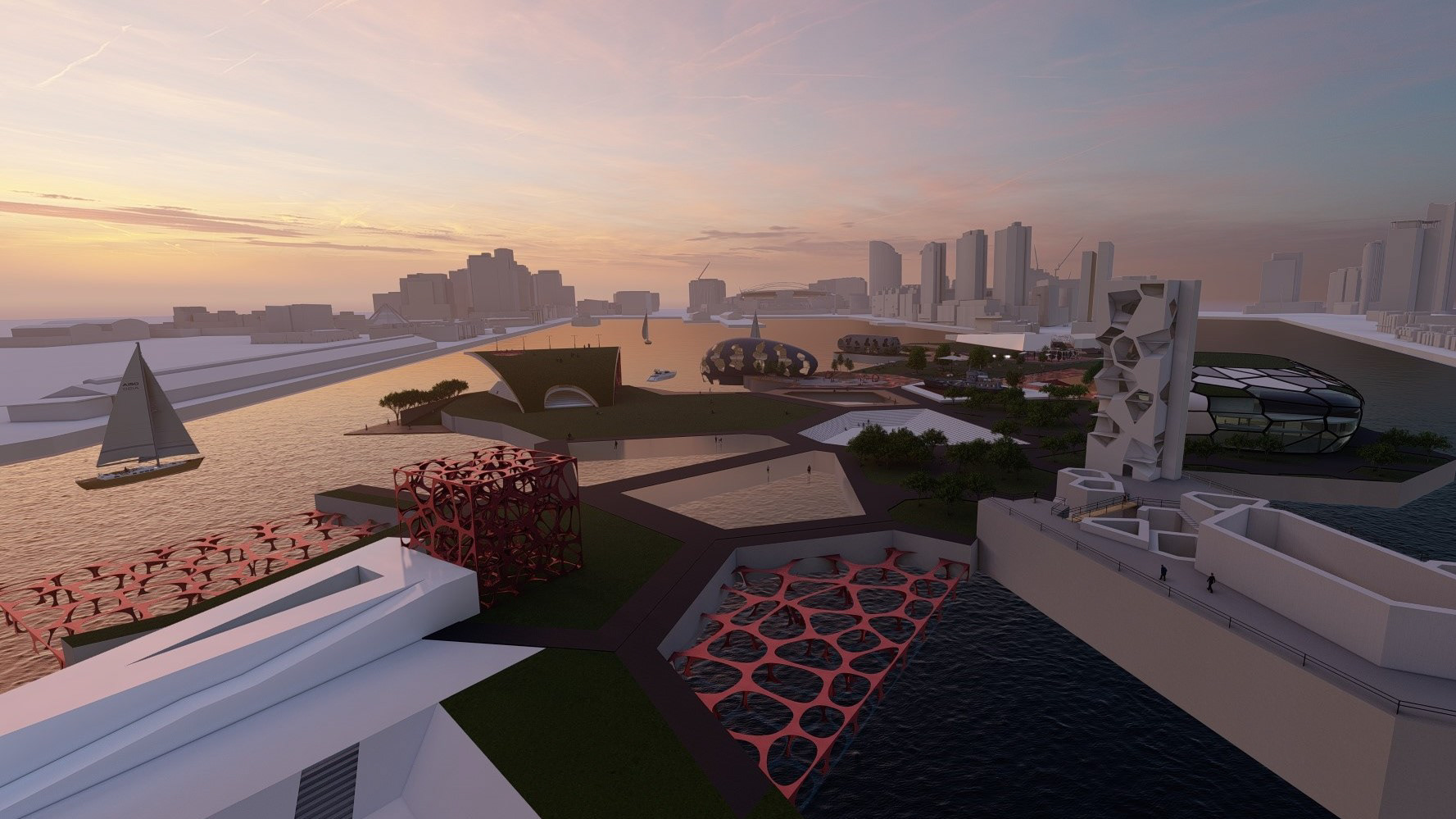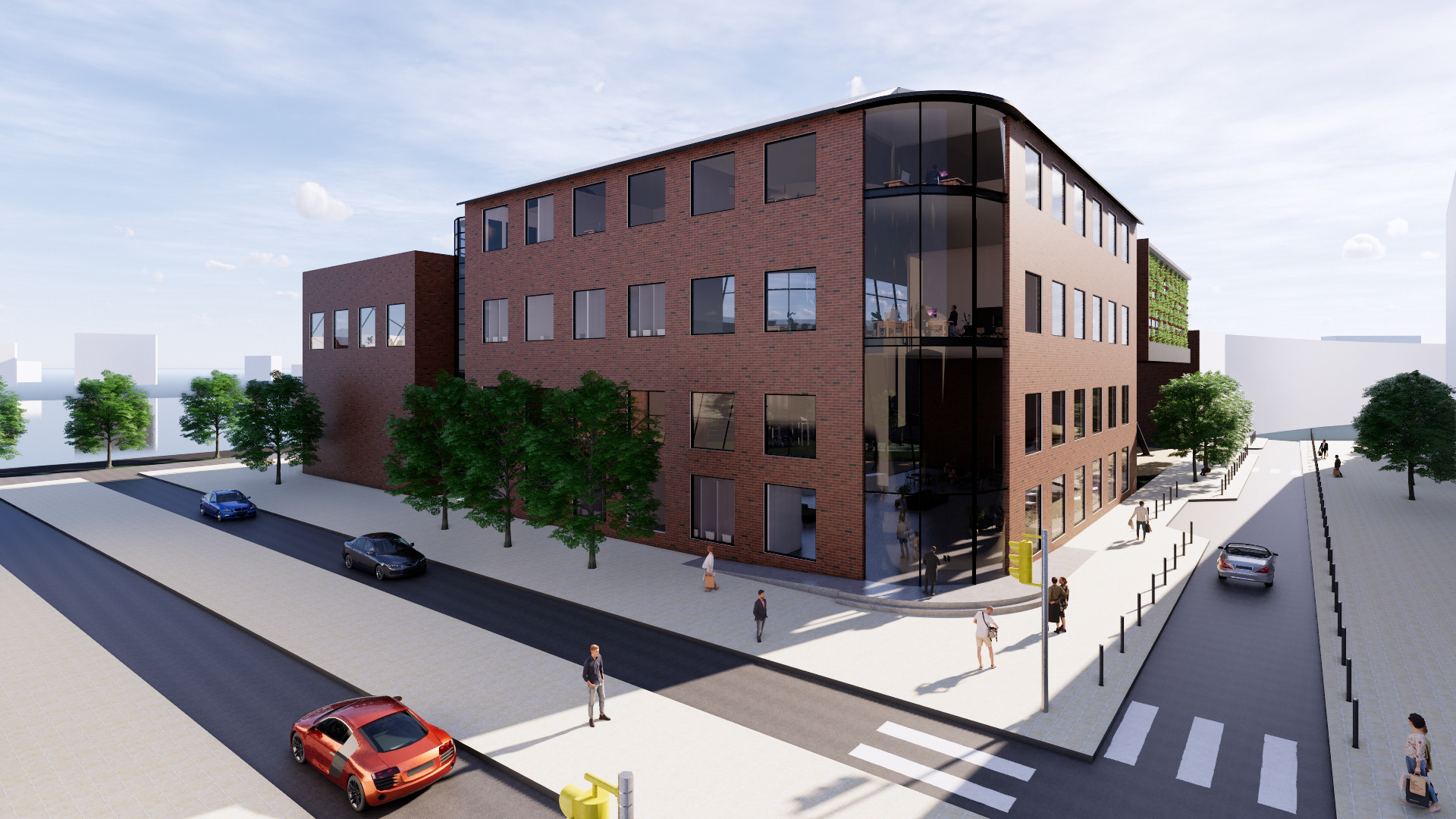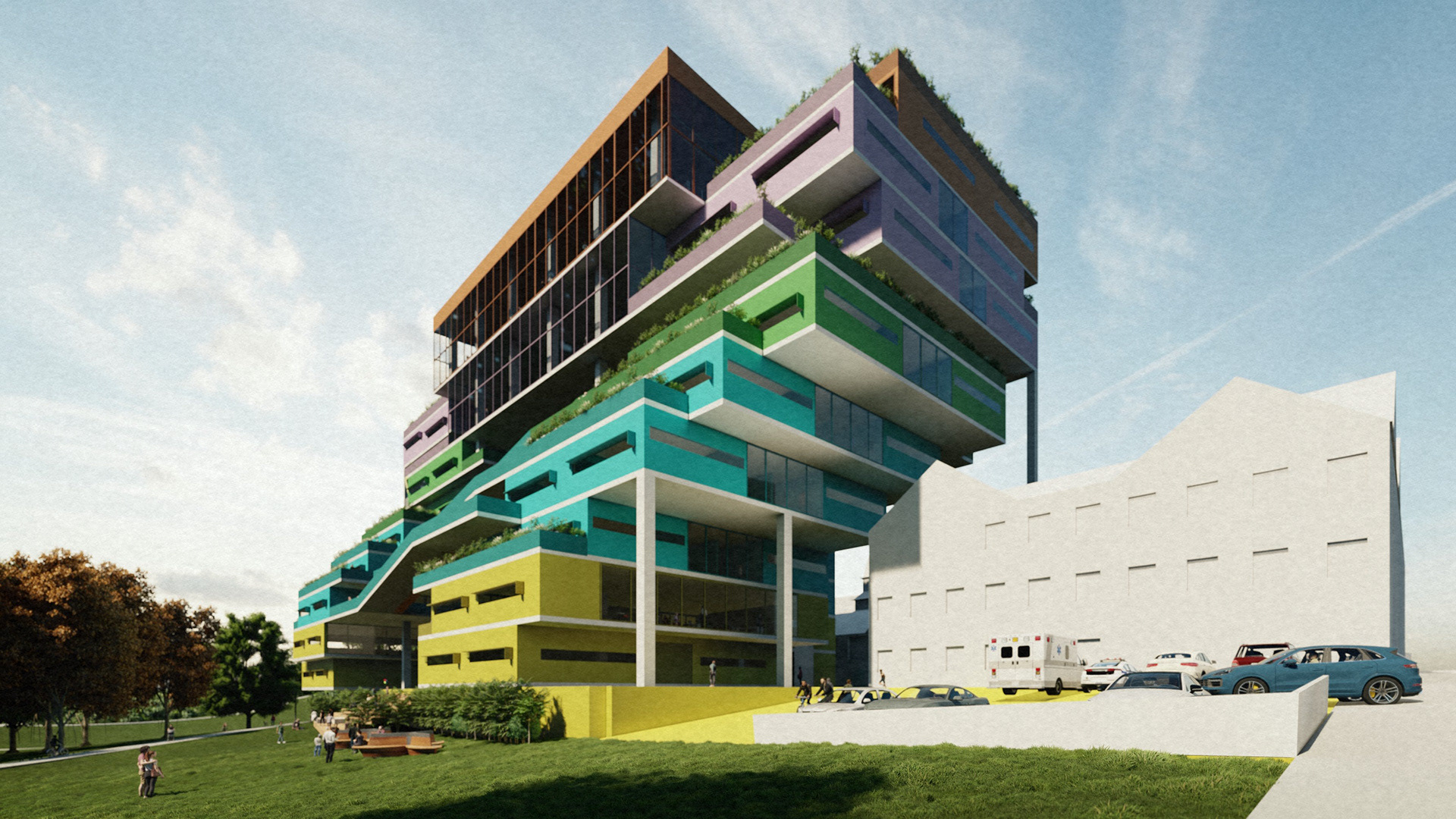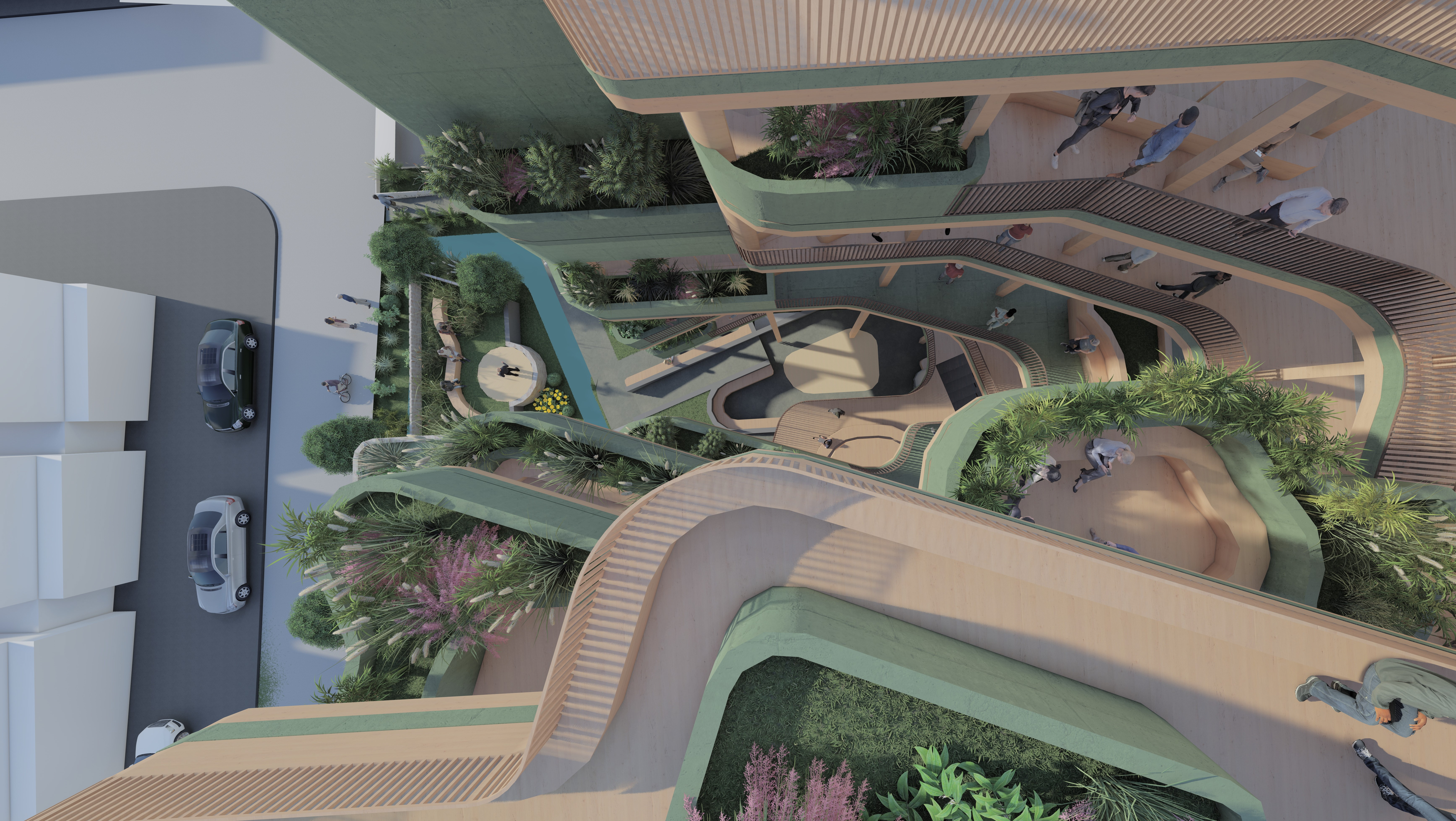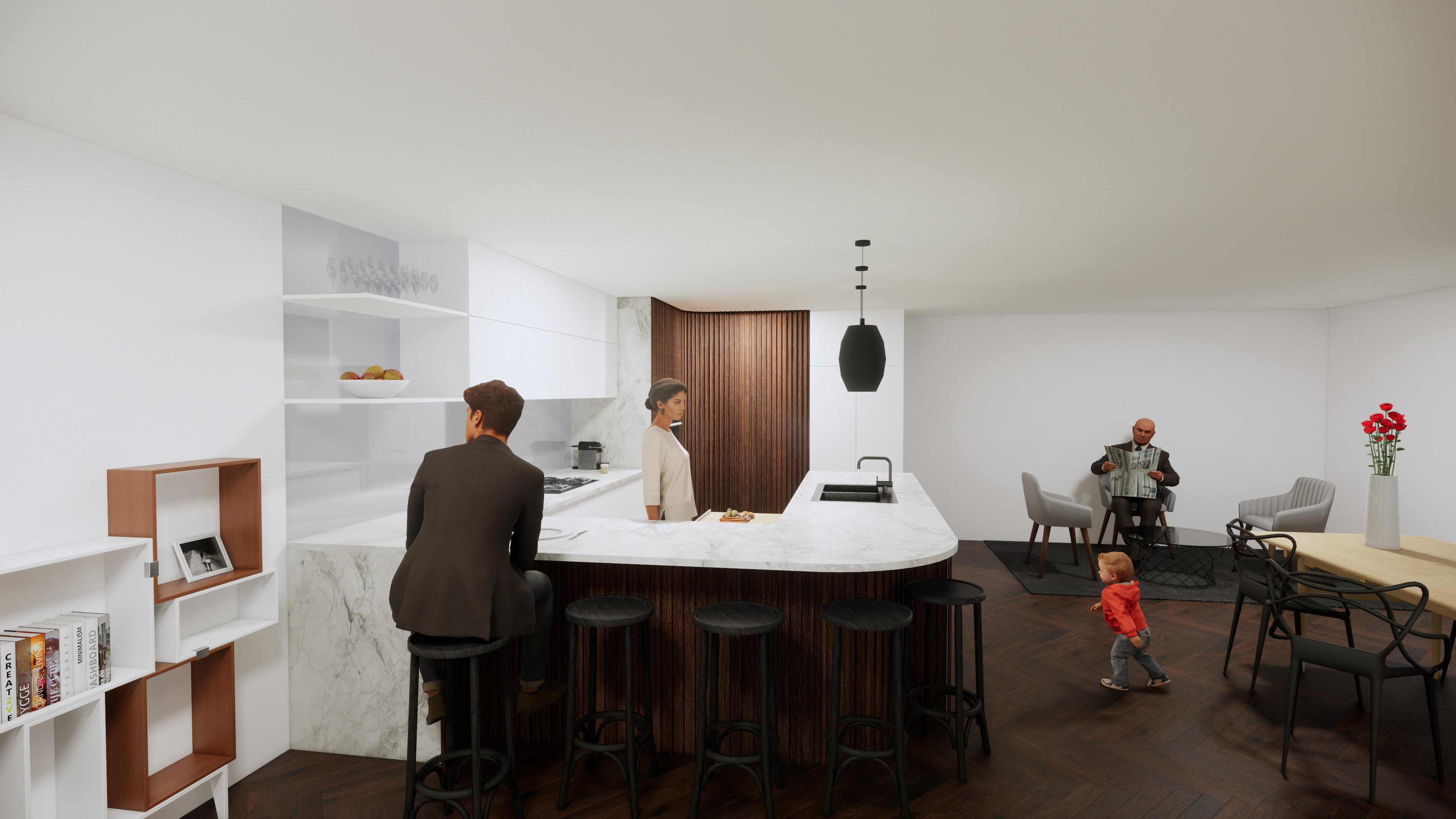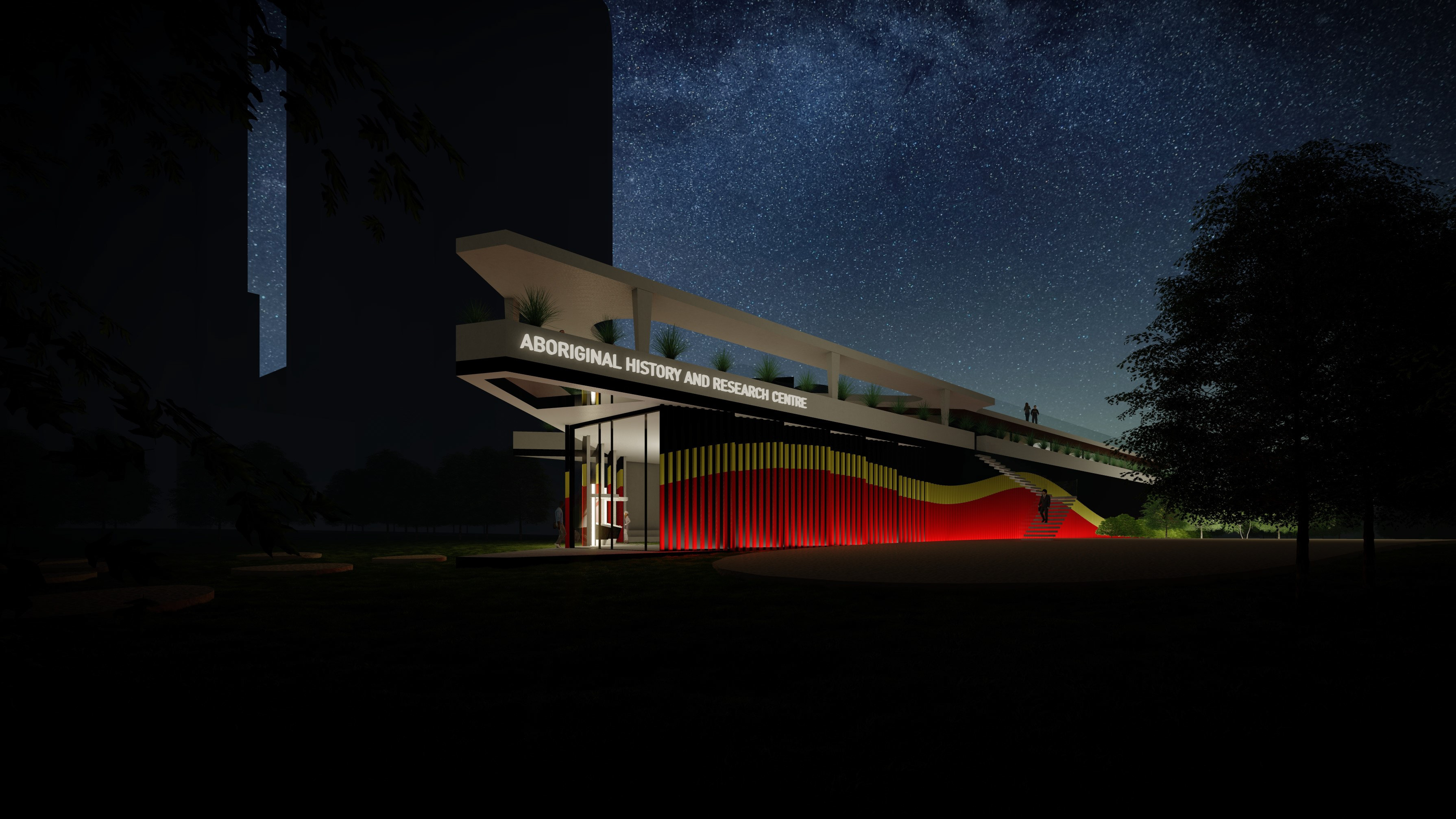overview
As part of a week-long student competition hosted by SONA, participants were asked to respond to a brief that called for a design that creates a renewed state of mind for a tragedy-stricken location/community. 'Comm-unity' is my proposal for a bushfire memorial that transforms tragedy into triumph.
Losing your home in a bushfire involves not only the loss of your residence, but also many other things of value such as photo albums, important documents, and treasured objects. Most importantly, though, the home is your place of security, comfort, and safety.
After a fire, this sense of security can also be lost and can significantly disrupt the normality of daily life. It can lead to significant emotional distress in addition to possible physical injuries. They say the immediate aftermath is often a flurry of activity, but it’s the months and even years later when concerns about mental wellbeing begin to surface.
Through all the tragedy, we saw an extraordinary example of generosity from strangers and volunteers in the community centres, and there was a beautiful sense of unity in the temporary townships. That community feeling is what I hope to achieve with my proposal.
In a rural parkland will sit a vast yet intimate space. This open parkland will be visually contained by two walls on either end, one resembling the pain, struggle and loss, the other providing a beautiful contrast, representing the light and the growth, instilling a sense of hope for a brighter future. This is more than just a phone call for help, it’s a wholesome community experience, a place representative of the struggle but more importantly representative of the resilience and the rebuilding of a new life.
Rather than building a finished structure, I am proposing a dynamic structure that enables victims to actively participate in its creation, forming a stronger and more meaningful relationship with the space.
The grieving wall will be made up of the debris from the homes that were devastated by the bushfire. The community will participate in the filling of the wall as an act of communal grief and empathy. This liberating act of ‘letting go’ and the beautiful re-purposing of the tragic rubble is the first step to communal recovery.
It’s perfectly normal for victims to become attached to the remainders of their house, and this will be providing a respectful resting place for their home. Knowing that their beloved home is not ending up in a landfill can put them at ease. They can take pride in the fact that their wreckage is being turned into a beautiful structure that brings acknowledgment and respect back to their home, long after it was destroyed. Their trauma and stress now have a physical resting place where they can go to, reflect and grieve and with this renewed emotional capacity, the healing process can begin.
The other wall will be surrounded by luscious greenery, providing a breath of fresh air and is conceived as ‘a garden of hope’. Precious items of community members will be embedded in the green walls, adding that beautiful and intimate community touch. The garden is dynamic and will grow as people contribute plants and items, and seeing the structure evolve is a beautiful way to instil a sense of hope for the victims, serving as a powerful visual reminder that we are all in this together, and as a community, we will rebuild and create a brighter future.
“Just as the soil heats after a fire, cracking seed coats and triggering germination, this proposal facilitates the growth of the broken victims and will enable them to flourish”
